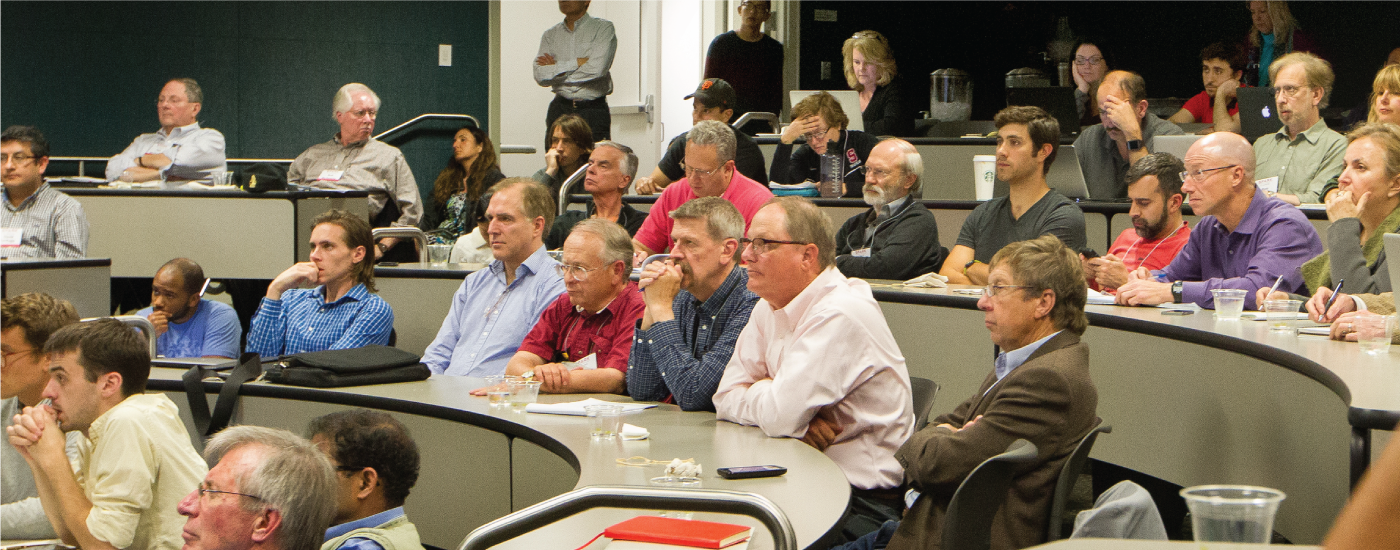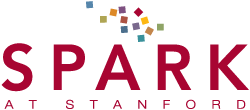Bridging The Gap

SPARK advisors are one of the keys to the program’s success
February 10, 2021
As we discussed last year, SPARK advisors are one of the keys to the program’s success.
At the heart of SPARK’s innovative model is the partnership between an academic program and individual experts from the industry. Over 100 experienced and talented industry executives from the community are actively involved in the program, bringing with them various areas of expertise. They do so on their own time, without compensation and without ownership or property rights.
SPARK’s advisors work closely with SPARK scholars to provide them with knowledge necessary to move their projects from bench to bedside. They provide invaluable mentoring and support to counsel SPARK scholars on product development, clinical care, business and commercialization. SPARK advisors regularly attend SPARK meetings, provide feedback on current projects, aid in selection of new projects, sometimes mentor specific projects on a one-on-one basis, and provide introductions to potential partners, or in some cases form companies around selected assets.
But if it is voluntary, why do the advisors participate? What do they get out of the experience? And even more so, what do they feel are the strongest keys to SPARK’s success? We asked some advisors to weigh in, and here are their thoughts.
—————————————
First and foremost, the advisors believe in what SPARK is doing, and value the program’s model as a unique method of advancing biomedical discoveries from bench to bedside.
Carol Karp, who has been an advisor for over 11 years, said “the SPARK program continues to be a role model in successfully enabling the translation of novel research into products to address unmet medical needs for patients.” Karp is Chief Regulatory Officer at Prothena Biosciences with over 30 years of experience in the biotechnology and pharmaceutical industry.
According to Steve Schow, “the SPARK program presents the opportunity to challenge and change the paradigm for how biomedical products are invented and developed.” The SPARK program addresses challenges such as neglected/ignored diseases, “hyper expensive” medicines, long and costly development pathways, and risk aversion to product invention, Schow added. Schow has been an advisor since 2009 and has over 40 years of pharmaceutical, biotech and agrichemical industrial R&D experience.
Dan Erlanson thinks “the strongest value of the SPARK program is shepherding potentially transformative treatments into the world.” Erlanson is VP of chemistry at Frontier Medicines and has been an advisor since 2008.
Karp also stresses that “the SPARK program is unique in maintaining an environment in which all ideas are equally heard and valued, whether from students, faculty, department chairs, Nobel Laureates or advisors.”
Second, SPARK is fun! “One of life’s greatest joys,” said Schow. The advisors especially find the weekly SPARK meetings stimulating. Karp said, “Simply put, Wednesday night SPARK review meetings are the highlight of the week.” In particular, the advisors enjoy, as Karp puts it, “the spirited discussions” at the meetings, and Schow enjoys engaging “my fellow advisors in technical discussions and debates.”
The advisors credited the incredible range of expertise brought to the table as key to SPARK’s success. Advisors have experience in chemistry, biophysics, biology, pharmacokinetics, pharmacology, formulation, regulatory, clinical trial design, diagnostics, gene and cell therapies, and beyond.
“The depth and breadth of experience of the SPARK advisors affords a diversity of viewpoints that contribute to both the selection and success of SPARK projects,” said Karp.
“The hundreds of years of real-world experience of the advisors in the applied biomedical sciences provides a unique window for the SPARK scholars on the process of biomedical product discovery and development,” Schow said.
By listening to the advisors debate their recommendations for advancing projects, the SPARK scholars come to realize there are many different paths forward for their particular projects, Schow said.
Plus, advisors can provide one-on-one mentorship or participate in SPARKees’ projects. “The SPARK scholars get very specific, practical advice tailored to their projects, plus even hands on help from the advisors with whom they engage,” Schow added.
Beyond the individual participation, the advisors contribute their “extensive networks in pharma/biotech and diagnostics that identifies pertinent contacts and facilitates interest in SPARK projects and investigators,” according to John Sninsky. Sninsky has been an advisor for over 10 years and is an expert in diagnostics.
Erlanson spoke to his own experience as a postdoc regarding the advantages of having such varied expertise. “When I first joined industry as a postdoc I was shocked at how many disciplines are required to bring a drug forward, and very few people even know all the questions, let alone the answers.” He added, “that it takes a village is absolutely true for biotechnology, and SPARK is essentially a model village.”
The advisors find the experience a two-way street, in which they are learning along with the SPARK scholars. “I am always learning from and being challenged by my fellow advisors,” Schow said. Karp added that the experiences gained through Wednesday night meetings, individual SPARK project meetings, and interactions with SPARKees provide “a continual source of learning.”
As Schow put it, “It keeps my brain alive.”
Advisors participate in SPARK because they want to mentor others in the field.
Schow noted that he enjoys career counseling and guiding young professionals. He said, “it is a wonderful opportunity to educate and mentor young people, plus hopefully pass along the wisdom and lessons learned” during his years in the business.
Erlanson said, “I feel I’ve gained much hard-won knowledge throughout my career, and I enjoy being able to impart this to others, even if only to steer them away from mistakes I’ve made!”
The advisors also participate because they value being involved in developing treatments that can get to patients, which SPARK particularly focuses on.
SPARK prioritizes medical need over commercial potential, Karp said. Sninsky added that SPARK encourages “targeting of important fundamental science to critical clinical unmet needs.”
Erlanson likened SPARK to “something of a midwife.” “There is so much great science coming out of Stanford (and elsewhere!), but without a concerted effort very few of them will directly help patients.”
“The most important thing I get out of SPARK is the opportunity to contribute to projects that will help patients,” said Erlanson.
